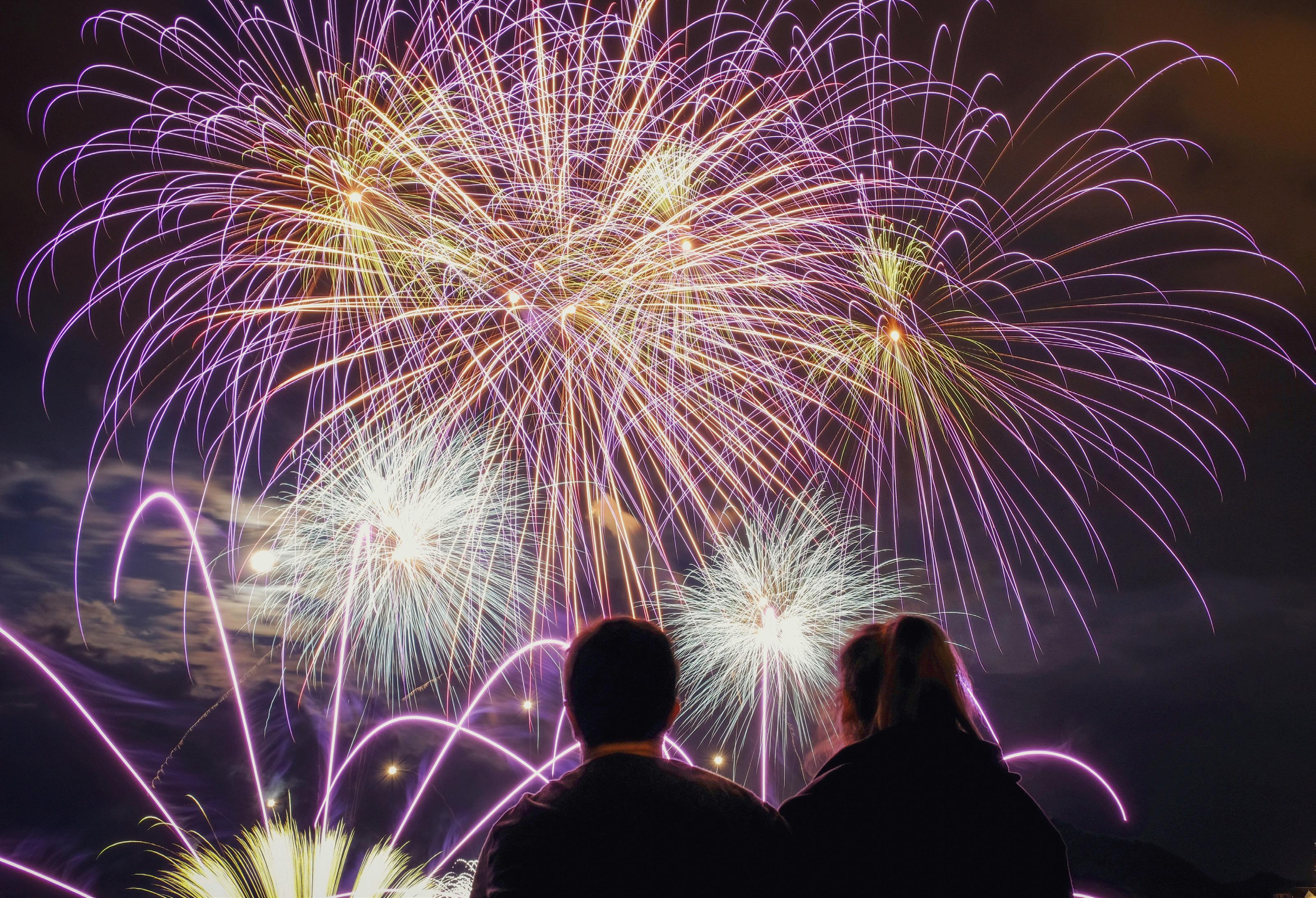
In this concise guide we'll teach you how to photograph fireworks easily, detailing the right gear, settings, and timing, allowing you to translate a sky bursting with color into photos that pop. Be ready to dive in and leave the guesswork behind.
CHOOSING THE RIGHT GEAR FOR FIREWORKS PHOTOGRAPHY
When you set out to capture fireworks, the first step is arming yourself with the right tools for the job.
The camera you choose has a big impact on the success of your final images. DSLRs and mirrorless cameras are best as they offer the flexibility of interchangeable lenses. These types of cameras allow for precise control and adjustment of settings, essential for capturing the vibrant colors and dynamic movement of fireworks.
A common photographers challenge faced by during fireworks displays is the unexpected drain on their camera batteries. Long exposures, especially those needed for fireworks photography, can quickly deplete your battery. Hence, keeping a stash of extra batteries close by is a smart move. This is especially true if you're using a DSLR camera, where using Live View can consume more power.
Another key piece of gear is memory cards. Imagine being in the middle of a spectacular fireworks display and running out of storage space! To avoid this, make sure to carry memory cards with sufficient storage capacity, or enough storage space left on them.
This way, you can focus on capturing stunning fireworks images without worrying about running out of space at the most critical moments.
SELECTING YOUR LENS
When it comes to fireworks photography, the lens you choose can drastically influence your results.
A wide-angle lens, for instance, allows you to capture most of the fireworks explosions. This enables you to include more sky and perspective in the composition, adding a sense of scale and grandeur to your images.
This story is from the Issue 139 edition of Photography Masterclass Magazine.
Start your 7-day Magzter GOLD free trial to access thousands of curated premium stories, and 9,000+ magazines and newspapers.
Already a subscriber ? Sign In
This story is from the Issue 139 edition of Photography Masterclass Magazine.
Start your 7-day Magzter GOLD free trial to access thousands of curated premium stories, and 9,000+ magazines and newspapers.
Already a subscriber? Sign In

THE LOWDOWN ON THE SIGMA 15 MM F/1.4 ART FISHEYE LENS FOR SONY
Still, I don't want you to think I'm trying to give you the ol' bait-and-switch, so I'll say right from the top that this lens is quite pricey, and it's certainly not for everyone.

FEATURED PHOTOGRAPHER: DINA BELENKO
In this issue, we interview Dina Belenko, the conceptual still life photographer whose work transcends the boundaries of imagination.

PROVEN TECHNIQUES FOR CAPTURING THE BEAUTY OF FIREWORKS
Snapping the perfect shot of a fireworks display involves more than just pointing and shooting.

7 REASONS TO USE A DEDICATED CAMERA INSTEAD OF A SMARTPHONE
Nearly all of us us have a smartphone in our pockets and the included cameras have led to a real explosion in photography.
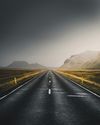
7 COMPOSITION TIPS THAT WILL IMPROVE YOUR PHOTOS
If you've wondered why some photos just look better, one of the secrets is often the composition.

THE LOWDOWN ON THE CANON EOS R50 MIRRORLESS CAMERA
An ideal camera for entry level photographers on a budget
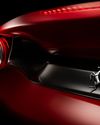
FEATURED PHOTOGRAPHER: DAVID WRAGG
In this issue we featured David Wragg, an English automotive studio photographer. David caught our eye when he shared one of his images with us on Facebook where he captured the sleek curves of the front end of a classic Jaguar E Type.
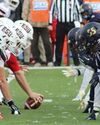
MASTERING SPORTS PHOTOGRAPHY: TECHNIQUES FOR CAPTURING THE ACTION AND FREEZING THE MOMENT
Sport is such a broad and encapsulating term. People across the world love playing and watching a huge variety of sports – from tennis, through football and formula one; every sport will appeal to someone.
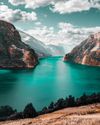
THE BENEFITS OF SHOOTING IN APERTURE PRIORITY MODE:
How Aperture Priority can help you achieve creative control over depth of field
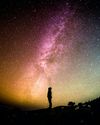
EXPLORE YOUR CREATIVITY AND GET OUT OF YOUR COMFORT ZONE
Whether you’re a professional photographer or just enjoy taking images as an amateur, it’s easy to fall into a comfort zone of always shooting the same thing.